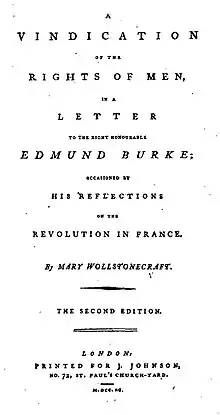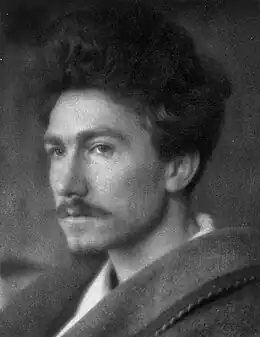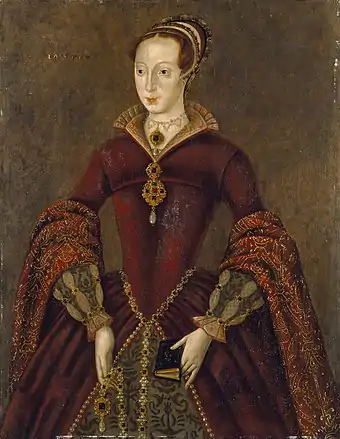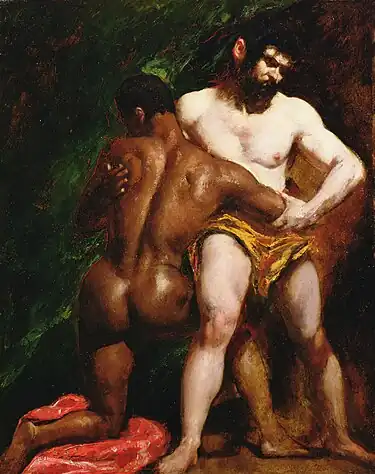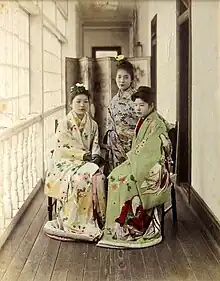T H E A R T S P O R T A L
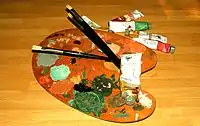
The arts are a very wide range of human practices of creative expression, storytelling, and cultural participation. They encompass multiple diverse and plural modes of thinking, doing, and being, in an extremely broad range of media. Both highly dynamic and a characteristically constant feature of human life, they have developed into innovative, stylized, and sometimes intricate forms. This is often achieved through sustained and deliberate study, training, and/or theorizing within a particular tradition, across generations, and even between civilizations. The arts are a vehicle through which human beings cultivate distinct social, cultural, and individual identities while transmitting values, impressions, judgements, ideas, visions, spiritual meanings, patterns of life, and experiences across time and space.
Prominent examples of the arts include:
- visual arts (including architecture, ceramics, drawing, filmmaking, painting, photography, and sculpting)
- literary arts (including fiction, drama, poetry, and prose)
- performing arts (including dance, music, and theatre)
They can employ skill and imagination to produce objects and performances, convey insights and experiences, and construct new environments and spaces.
The arts can refer to common, popular, or everyday practices as well as more sophisticated, systematic, or institutionalized ones. They can be discrete and self-contained or combine and interweave with other art forms, such as the combination of artwork with the written word in comics. They can also develop or contribute to some particular aspect of a more complex art form, as in cinematography. By definition, the arts themselves are open to being continually redefined. The practice of modern art, for example, is a testament to the shifting boundaries, improvisation and experimentation, reflexive nature, and self-criticism or questioning that art and its conditions of production, reception, and possibility can undergo.
As both a means of developing capacities of attention and sensitivity and as ends in themselves, the arts can simultaneously be a form of response to the world and a way that our responses and what we deem worthwhile goals or pursuits are transformed. From prehistoric cave paintings to ancient and contemporary forms of ritual to modern-day films, art has served to register, embody, and preserve our ever-shifting relationships to each other and to the world. (Full article...)
Featured articles -
Featured picture
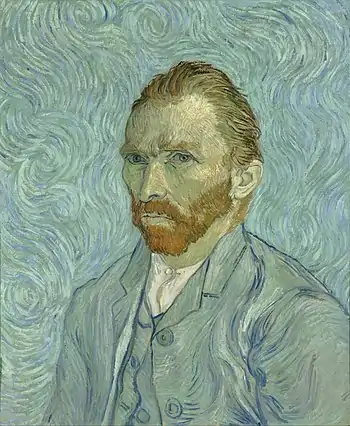
Did you know...

- ... that the Art Deco Montecito Apartments (pictured) had been the home of Ronald Reagan, James Cagney, Montgomery Clift, and George C. Scott before becoming a senior citizens' housing project?
- ... that the Skyline Towers apartment building in Saint Paul, Minnesota is often referred to as a "ghetto in the sky"?
- ... that the Japanese visual novel 5 has been described by its development team as a "noisy northern province love comedy"?
In this month
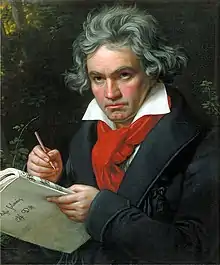
- 1 December 1923 – Belgian poet and novelist Virginie Loveling dies in Nevele at the age of 87
- 12 December 1998 – The Islamic Arts Museum Malaysia is officially opened in Kuala Lumpur
- 22 December 1808 – Beethoven (pictured) conducts the world premiere of his Fifth Symphony at the Theater an der Wien in Vienna
- 24 December 1871 – Verdi's opera Aida receives its world premiere at the Khedivial Opera House in Cairo with Teresa Stolz in the title role
- 27 December 1915 – Arts administrator and painter Sir Norman Reid, Director of the Tate Gallery from 1964 to 1979, is born in London
News
- August 5: DaBaby Levitating remix losing US radio audiences after the rapper's comments on HIV/AIDS
- June 11: Taylor Swift's Evermore records biggest sales week of the year as it returns to No 1 on album chart
- May 27: Olivia Rodrigo's song good 4 u debuts at No 1 on US Billboard Hot 100 chart
- May 25: 'Rock and roll never dies': Italy wins Eurovision after 30 years
- February 10: Disney to shut down Blue Sky Studios, animation studio behind 'Ice Age'
Featured biography
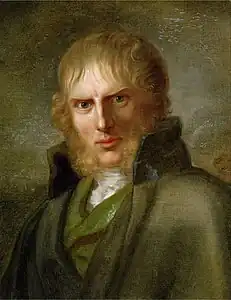
Caspar David Friedrich (1774–1840) was a 19th-century German Romantic landscape painter, generally considered the most important of the movement. He is best known for his mid-period allegorical landscapes, which typically feature contemplative figures silhouetted against night skies, morning mists, barren trees or Gothic ruins. His primary interest as an artist was the contemplation of nature, and his often symbolic and anti-classical work seeks to convey a subjective, emotional response to the natural world. Friedrich's work characteristically sets the human element in diminished perspective amid expansive landscapes, reducing the figures to a scale that, according to the art historian Christopher John Murray, directs "the viewer's gaze towards their metaphysical dimension". Friedrich was born in the Swedish Pomeranian town of Greifswald, where he began his studies in art as a youth. Later, he studied in Copenhagen until 1798, before settling in Dresden. Friedrich's work brought him renown early in his career, and contemporaries such as the French sculptor David d'Angers (1788–1856) spoke of him as a man who had discovered "the tragedy of landscape". However, his work fell from favour during his later years, and he died in obscurity. By the 1920s his paintings had been discovered by the Expressionists, and in the 1930s and early 1940s Surrealists and Existentialists frequently drew ideas from his work. (Full article...)
Featured audio
Selected quote
| “ | The creative act is not performed by the artist alone; the spectator brings the work in contact with the external world by deciphering and interpreting its inner qualifications and thus adds his contribution to the creative act. | ” |
Categories
|
Arts portal Arts by culture Arts by place Arts-related lists Aesthetics Arts genres by country or nationality Arts awards Censorship in the arts Crafts Creative works Arts districts |
Arts events Literature Arts occupations Arts organizations Performing arts Religion and the arts Arts venues Visual arts Women and the arts Works about the arts Visual arts stubs
|
WikiProjects
Parent project
![]()
- Arts
Descendant projects
- Aesthetics
- Architecture
- Books
- Novels
- Collections care
- Dance
- Films
- Horror
- Literature
- Magic
- Music
- Albums
- Classical music
- Composers
- Guitar
- Musicians
- Music Venues
- Opera
- Gilbert and Sullivan
- Richard Wagner
- Poetry
- Television
- Theatre
- Musical theatre
- Visual arts
- Animation
- Anime and manga
- Comics
- Graffiti
- Graphic design
- Fashion
- Photography
- Public art
Related portals
Things you can do

- Check the recent changes page for improvements, other changes, and vandalism to these articles
- Article requests: Requests articles (arts and entertainment)
- Deletion discussions: Listed at Wikipedia:WikiProject Deletion sorting/Arts
- Expand: check Visual arts stubs to expand
- Notability: Articles with notability concerns, listed at WikiProject Notability
- Requested pictures: Arts topics, requested pictures
-
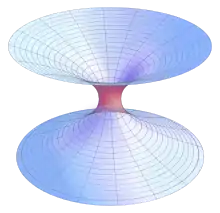 List of all portalsList of all portals
List of all portalsList of all portals -
 The arts portal
The arts portal -
 Biography portal
Biography portal -
 Current events portal
Current events portal -
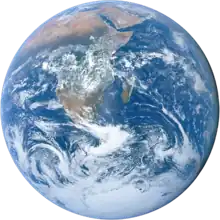 Geography portal
Geography portal -
 History portal
History portal -
 Mathematics portal
Mathematics portal -
 Science portal
Science portal -
 Society portal
Society portal -
 Technology portal
Technology portal -
 Random portalRandom portal
Random portalRandom portal -
 WikiProject PortalsWikiProject Portals
WikiProject PortalsWikiProject Portals

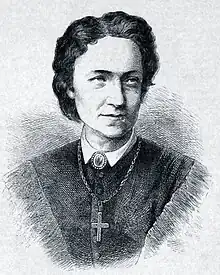
.jpg.webp)

